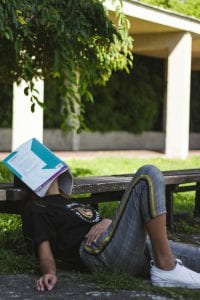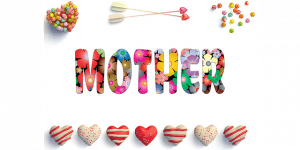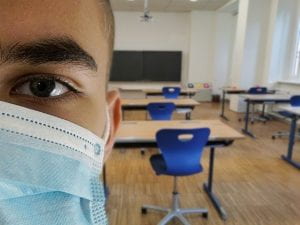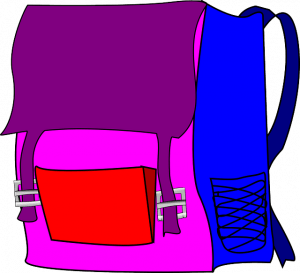Pretty much teaching is more than just teaching. I can give you a rather long list of what teachers do on a daily basis from educator to social worker, from nurse to psychologist and beyond. That aside let’s focus this post on the qualities and special skills that teachers need to bring.
Let’s begin with fostering a positive learning environment. I’ve written about positive classrooms before, but essentially it is about making everyone feel safe and secure as a person and a learner. How might we foster such an ambience in our classrooms and out? Learning their names is a great start, as well as knowing something about them, their likes, dislikes, favourite team, favourite game, favourite person. Always having a smile and ‘how are you today?’ ready to go, and meaning it, every time is great too. To be a teacher you have to love kids, AND love learning. A love of learning is contagious and will soon have them running to your class.
Next, there has to be an understanding of child development. Being au fait with some of the theories is useful, but only if you can put it into practice, for your students. This will vary depending on your students; who they are, where they are, how old they are. For example, there’s Piaget’s Theory of Cognitive Development, in contrast we have Vygotsky’s Theory of Cognitive Development in Social Relationships and then there’s the 8 Stages of Development by Erik Erikson. There are many more, of course, but I’ll leave that to you to investigate further.
Further, there are the all important students’ learning preferences and how to coordinate and differentiate the learning. What kinds of teaching and learning strategies will you use? What’s worked before? What hasn’t? Why? Further, teachers need to have subject matter expertise which varies depending on whether you are in early childhood, primary or secondary schools.You’ve probably heard someone, sometime say, ‘primary teachers teach children, secondary school teachers teach subjects’ – NOPE! NOT TRUE! We ALL teach children, some of us also teach adults. Yes, we need to have subject expertise but we also need to be open to learning about everything but most especially learning your students. It’s not always about the content.
Finally, strong communication skills are a must as is effective classroom management. I don’t just mean keeping them in line but rather, back to my first point, fostering a positive learning environment, knowing our students, empathising with them, communicating and understanding their needs. Theories are great, but practice is better.

Jo Prestia
Believe this and teaching will be much more engaging and rewarding.
What else do you think we should know? Please comment below, share your thoughts.
Thanks for reading 🙂










